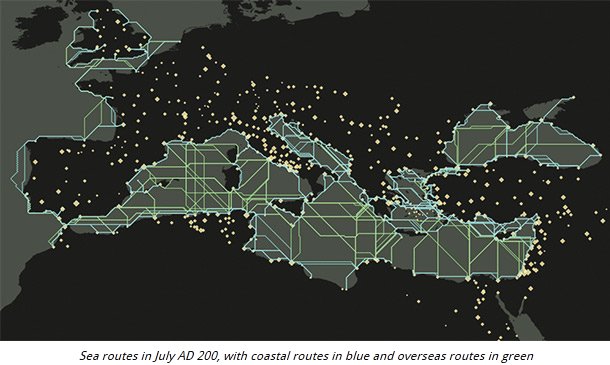From the latest issue of Reason, Chris Kjorness outlines some of the pitfalls New York City thoughtfully put in the way of some of the greatest performers of Jazz:
For more than two decades musicians, comedians, and anyone else employed by a Gotham nightclub would be fingerprinted, photographed, and interviewed by police in exchange for a license to work. The card had to be renewed every two years, and it could be revoked at the whim of the police. The story of the cabaret card illustrates how small men with a little bit of power can inhibit creative expression, stifle artistic growth, and humiliate individual citizens, all in the name of the “public good.”
The cabaret card had its origins in the roaring ’20s. Prohibition made outlaws out of ordinary Americans, and the allure of booze, jazz, and debauchery brought the upper and lower classes together in clandestine after-hours spots. It was the height of the Harlem Renaissance, and white New Yorkers frequently made the trip uptown, looking for adventure and an escape from the tight moral constraints of downtown society.
[. . .]
More than just a barrier to work, the cabaret card for beboppers was an impediment to self-expression and artistic fulfillment. While originating in nightclubs, bebop represented something much more than bar music. The color line had not been broken in American symphony orchestras, so for a young black musician at a prestigious music conservatory — Miles Davis at Julliard, for example — sharing a cramped stage in a 52nd Street nightclub with someone like Charlie Parker was the highest realization of artistic ambition. But before he could do so, a musician would have to be judged not just by lauded masters and discerning aficionados but by the police.
Cops distrusted beboppers for three main reasons: The new breed of jazzmen were anti-establishment, they were confrontational in matters of race, and they had a fondness for heroin. The police had an unlikely ally in their crusade against the upstarts: older establishment jazz musicians who had their own reasons to dislike the beboppers.
In a 1951 Ebony article, Cab Calloway, a king of the 1930s jazz world, decried the widespread drug use in the current jazz scene. Though Calloway didn’t single anyone out by name, the magazine illustrated his essay with photos of bebop musicians, and the publication coincided with an upswing in police enforcement. One musician snared in this crackdown was Charlie Parker.





